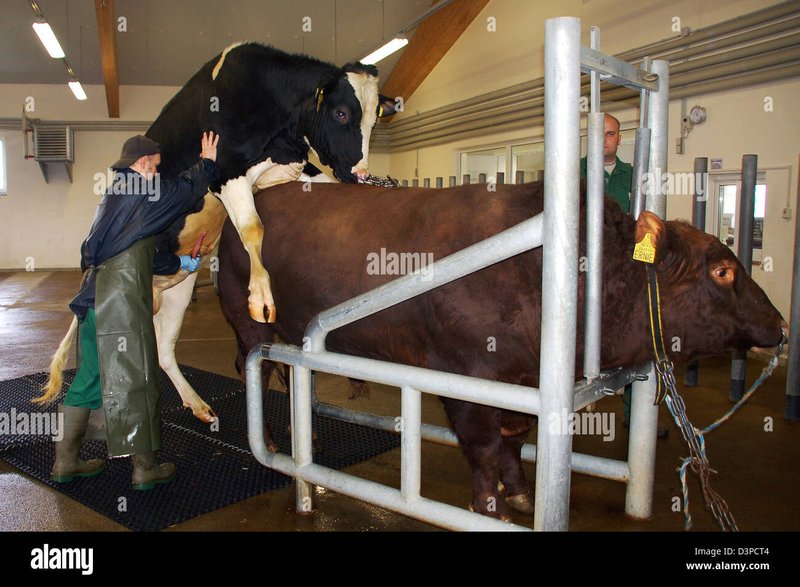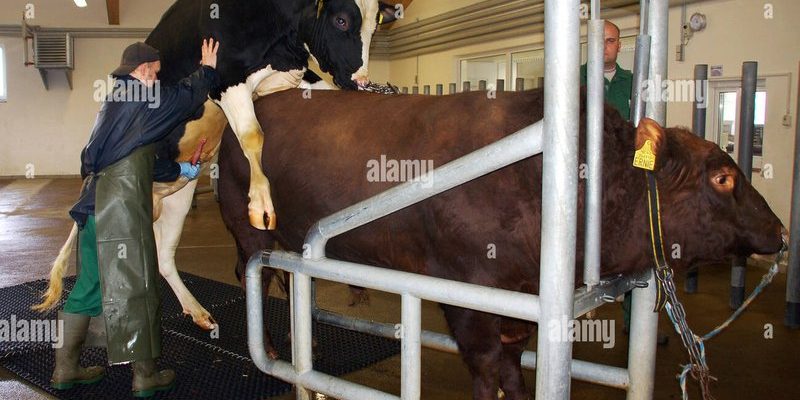
Think of breeding koi like planting a garden. You need the right soil, seeds, and a little bit of sunshine to encourage growth. It’s about creating the perfect environment and understanding the fish’s needs, which can be a bit like deciphering a friendly puzzle. Whether you’re a beginner or someone with a green thumb looking to expand your aquatic garden, this article will offer you all the techniques and tips you need to successfully breed koi.
Understanding the Basics of Koi Breeding
Before diving into the nitty-gritty, let’s talk about what breeding koi actually entails. This process isn’t just about tossing a couple of fish into a pond and hoping for the best. It involves planning, knowledge about the fish’s reproductive habits, and creating a conducive environment for spawning.
Koi are seasonal spawners, usually breeding in late spring to early summer when water temperatures rise to around 65°F to 75°F (18°C to 24°C). When the conditions are right, the male koi will start chasing the females as part of the mating ritual, which can be quite an exhilarating sight. You might even compare it to a dance competition, with the males trying to impress the females with their vibrant colors and energetic movements.
During this period, it’s crucial to have a separate breeding tank or area. This prevents the eggs from being eaten by the parent fish or other pond mates. Think of this breeding space as a cozy and safe nursery where your little koi can grow up without fear.
Preparing Your Koi for Breeding
Preparation is key when it comes to koi breeding. You wouldn’t start a garden without preparing the soil, and the same goes for your koi. First, ensure that your koi are healthy. A balanced diet, maybe a bit like a buffet for fish, is essential. You can feed them high-quality koi pellets, supplemented with veggies and even some treats like worms.
You might also want to consider the age and size of your koi. Ideally, both male and female koi should be at least 3 years old. At this age, they’re more likely to spawn successfully. If you’re unsure about the sex of your koi, look for physical traits. Males tend to have more pronounced colors and have a slimmer body shape, while females often appear rounder when they are full of eggs.
Lastly, it’s essential to create an ideal environment. This means ensuring that your pond has plenty of plants or spawning mats to provide good hiding spots for the eggs. Think of these mats as little safe havens for your koi eggs, protecting them from being eaten.
Breeding Techniques: Step-by-Step
Once you have your koi ready to go, it’s time to dive into the actual breeding process. Here’s a step-by-step guide to help you through it:
- Step 1: Choose the Right Time – Make sure the water temperature is between 65°F and 75°F. You can use a thermometer to keep an eye on it.
- Step 2: Create a Safe Space – Move your koi to a breeding tank if you haven’t already. Fill it with clean, dechlorinated water, and add spawning mats.
- Step 3: Introduce the Females – Place a healthy female koi in the breeding tank, followed by one or two males. You’ll soon see them start their energetic courtship.
- Step 4: Watch for Spawning – Once the female is ready, she’ll release her eggs onto the spawning mats, and the male will fertilize them. Keep a close eye, as this can happen quickly.
- Step 5: Remove Adults After Spawning – To ensure the safety of the eggs, carefully remove the adult koi after spawning. This prevents them from eating the eggs.
Koi eggs typically hatch within 4-7 days, depending on the water temperature. During this time, keep the water clean and aerated to ensure a safe environment for the fry.
Caring for Koi Fry
Once your koi fry have hatched, the fun is just beginning! Initially, the fry will rely on their yolk sacs for nutrients, which means you won’t need to feed them immediately. After about a week, they’ll start swimming around and looking for food.
At this stage, it’s crucial to provide them with tiny food options. You can use specialized fry food or even crushed flakes. Remember, these little guys are like tiny sponge, so they’ll need frequent feeding throughout the day. It’s almost like having a group of hungry toddlers around!
Also, keep their environment clean and warm, around 75°F to 80°F. Regular water changes will help keep things fresh and reduce the chances of disease. As they grow, you can gradually increase the size of their food and introduce more variety.
Common Challenges in Koi Breeding
Breeding koi can come with its share of challenges—after all, it’s not all sunshine and rainbows. One common issue is losing eggs or fry due to predation. If your pond has other fish or animals that might snack on them, consider using nets or placing the breeding tank in a secure area.
Another challenge can be water quality. Poor water conditions can lead to health issues for both adults and fry. Regular testing for ammonia, nitrite, and pH levels is essential. Aim for a pH of around 7.0 to 8.5. If things start to go awry, you might need to reset your water parameters—that’s kind of like hitting the refresh button on your tech devices.
Lastly, sometimes fry can be slow growers, which can be frustrating. Patience is key here. It’s like waiting for a plant to bloom; some just take a little longer to show their true colors.
Breeding koi is a journey that requires dedication, patience, and a bit of love. From preparing your koi and creating a safe spawning environment to caring for fry and overcoming challenges, you can turn your backyard pond into a thriving koi haven. Remember, every step of the process is a learning opportunity, and the rewards—watching your koi grow and thrive—can be incredibly fulfilling.
So, if you’re ready to take the plunge, gather your koi, and start planning your breeding adventure, you’ll be embarking on a beautiful experience that deepens your connection with these magnificent fish. Enjoy the process, and don’t forget to celebrate each little fry that makes its way into your pond!

